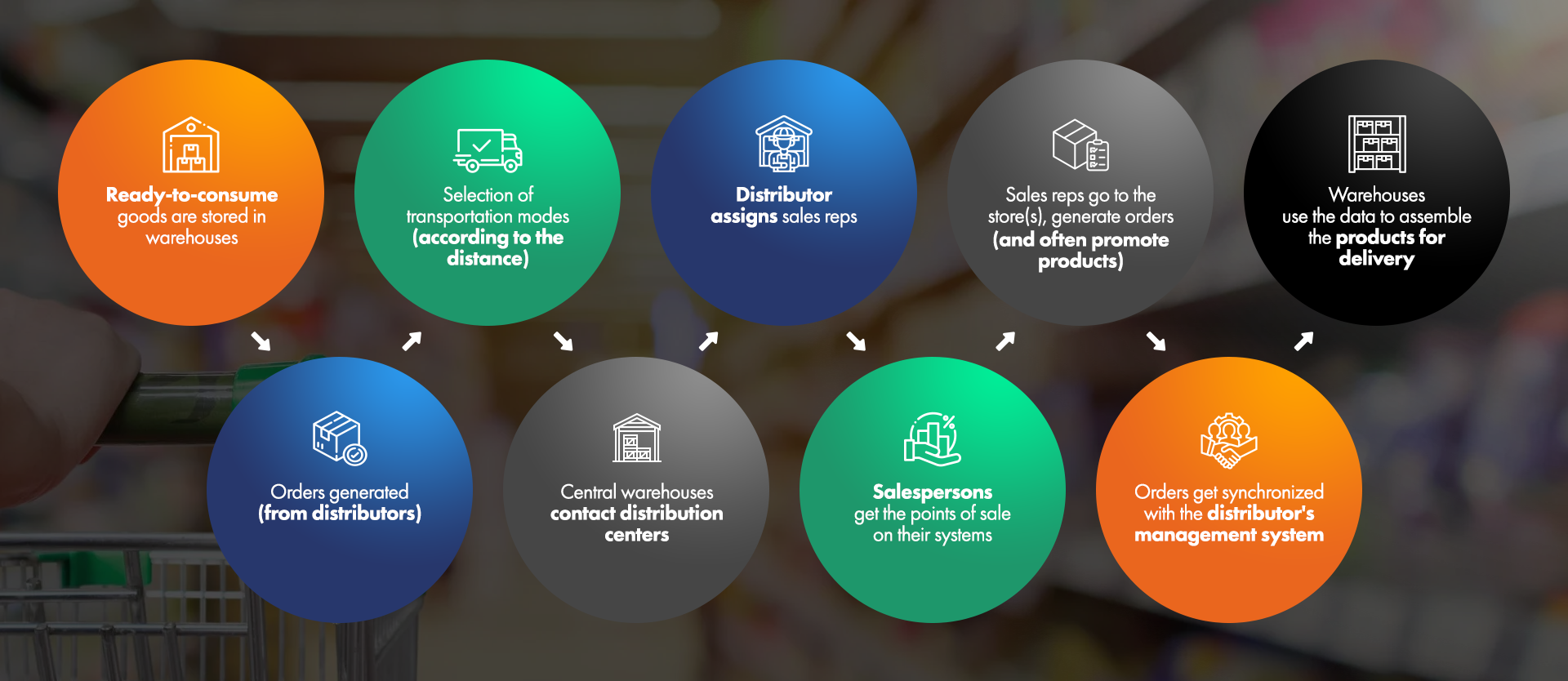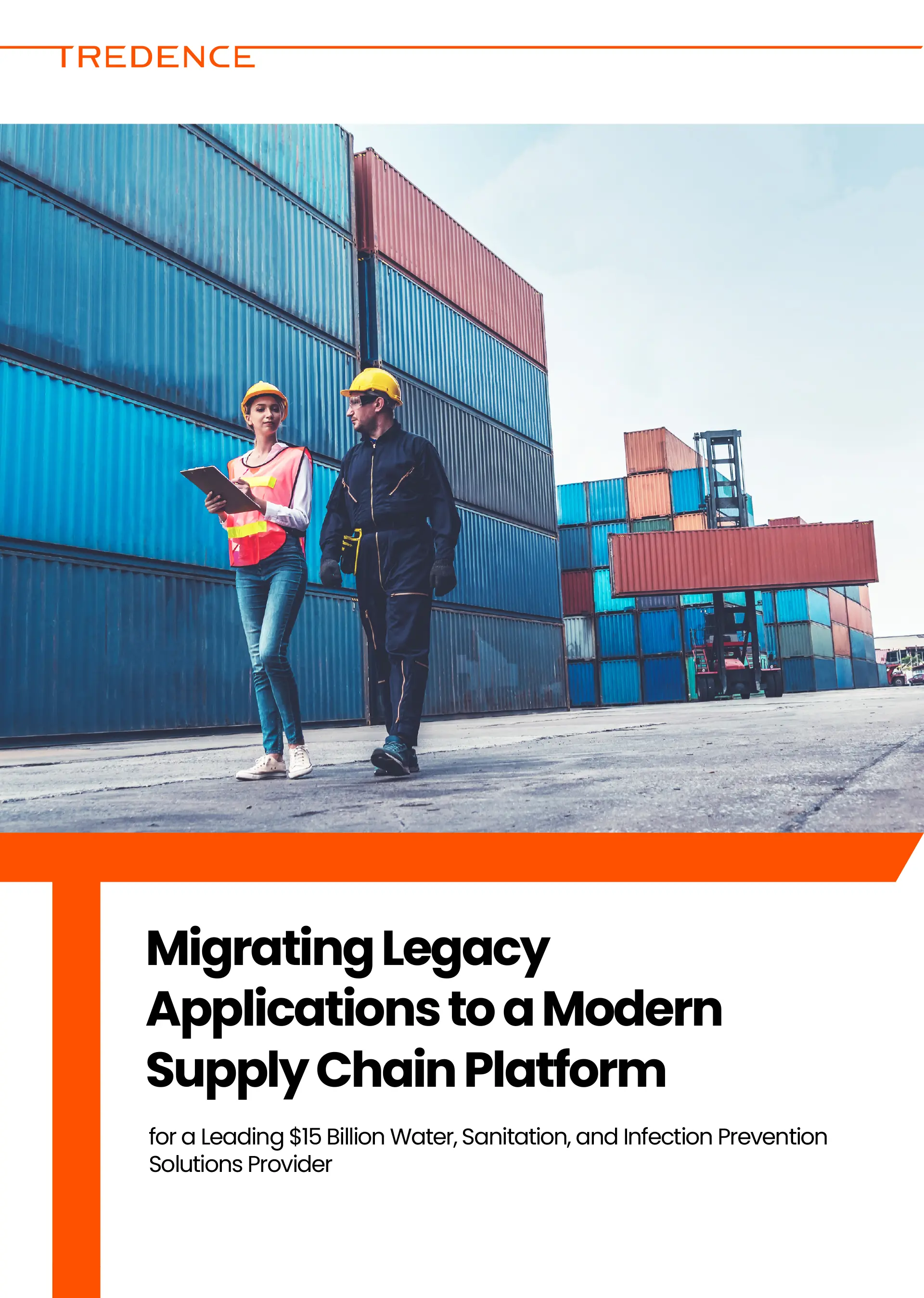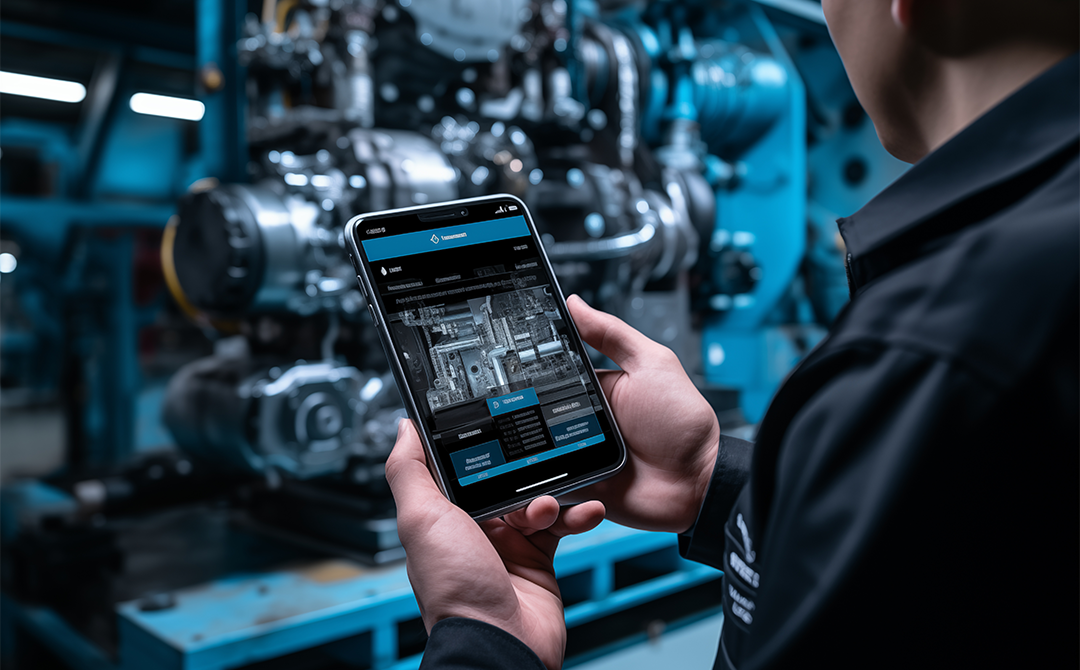
Before singing praises on the wonders that MLOps can do, let me shine some lights on a few new learnings, thanks to the post-pandemic crisis, that the companies across the globe have learned, especially the CPG.
- Digital channels, or at least, digitization is a requisite. It is like Yoda said – do or don’t, there is no try! CPG analytics companies who have toiled for years to see their brand sprout across the market witnessed a sharp decline in sales in a matter of months! Logistics became a big problem, yes, but their poorly implemented strategies were the actual Gordon Knot.
- Today, consumers have a plethora of options. CPG firms cannot rely on their standard go-to-market strategies. How to connect with end-consumers? Now, there is an addendum to the question – how to connect with end-consumers and win them?
- Companies across the world, irrespective of the size and market presence, have started moving from offline to online, in one or another way – Who does not think and act ‘online’ is up for a loss.
- Health and wellness have become essential factors for the customers.
- Millennials shop online; nothing drives them more except the cost to value. They want convenience, a sense of belonging, and too at lower prices.
Well, these are just the picture’s skeleton, the actual painting factors in multiple new developments, such as:
- The emergence of small and medium-sized companies, focusing on target customers.
- Manufacturers and distributors share data to streamline the logistics.
- A surge in the usage of automated systems.
- Shift towards local consumption.
- E-Logistics companies collaborating with the retail stores.
The list is long. A quick glimpse of how a product reaches the end consumer.

If you start eagle eyeing each step, you will find tremendous opportunities hidden in them.
Here are a few.
Opportunity 1 – Introduce a forecasting functionality based on new data.
Opportunity 2 – Bring in an integrated system that synchronizes the data across the process.
Opportunity 3 – Factor in self-learning feature that would comprise the market changes, customers’ buying behavior, etc. You can cash on the above opportunities by implementing automation systems with various machine learning (ML) algorithms. You can introduce ML algorithms, such as:
- Route optimization to make the best of the sales reps’ time.
- Product optimization to solve the product mix problems.
- NLP to analyze the consumers’ behavior.
- Trade promotion optimization to plan and execute your trade spends.
Again, this list is endless. So, you have the solution – build ML models and deploy them. What are the critical roadblocks in adopting Machine Learning?
Problem 1 – Continuous delivery of value
Your team who works on the use case and writes the ML codes do not deploy them. Or at least, they do not have expertise on the delivery. So, relying your success entirely on the data science team can frustrate them and derail your ML journey.
Problem 2 – Composite and complex ML builds
Unlike traditional development builds, ML models make predictions by (indirectly) capturing data patterns without following the explicit rules. The ML build runs a pipeline that extracts patterns from the data to create model artifacts, making it far too complex and experimental.
Problem 3 – Productionizing ML models
Gartner figures 80% of the data science projects fail or never make it to production. To run the project successfully in a real-time environment, you need to find the problem situation and solve the problem when it occurs. You need to continuously monitor the process to find the difference between correct and incorrect predictions (bias) and know in advance how your training data will represent real-time data.
Areas to Focus: Identify Where Things Might Go Wrong for You
Beyond ML deployment difficulties and risks in the CPG, there are several other key areas where things can go wrong, so instead:
- Find out the exact use case; if you try solving the wrong problems, things will go wrong.
- Do not build models that do not map well to your business processes.
- Check if you have any flawed assumptions about the data.
- Convert the results of your experimentation into a production-ready model.
There are opportunities, there are problems, and there are ML models. However, the only requirement that delays the models’ deployments or often triggers performance issues is simply the lack of means to deploy it successfully.
Tredence can reduce your effort in solving the ML deployment challenges through its state-of-the-art ML Works platform that provides you the means to run thousands of ML models at scale and at once. Various ML platforms in the market are cloud-specific or come with self-install or custom-hosted features. If you face a choice of whether to use an off-the-shelf ML platform or implement an in-house platform through open-source components, we can help you. Reach out to us at info@tredence.com.

AUTHOR - FOLLOW
Jai Vardhan Rao
Associate Product Manager
Topic Tags

Detailed Case Study
Driving insights democratization for a $15B retailer with an enterprise data strategy
Learn how a Tredence client integrated all its data into a single data lake with our 4-phase migration approach, saving $50K/month! Reach out to us to know more.

Detailed Case Study
MIGRATING LEGACY APPLICATIONS TO A MODERN SUPPLY CHAIN PLATFORM FOR A LEADING $15 BILLION WATER, SANITATION, AND INFECTION PREVENTION SOLUTIONS PROVIDER
Learn how a Tredence client integrated all its data into a single data lake with our 4-phase migration approach, saving $50K/month! Reach out to us to know more.
Next Topic
NLP anthology (Part 4) - Multi-label document tagging: intelligent audio transcript analytics solution strategically managing and sorting important texts for scaling industrial NLP applications
Next Topic




